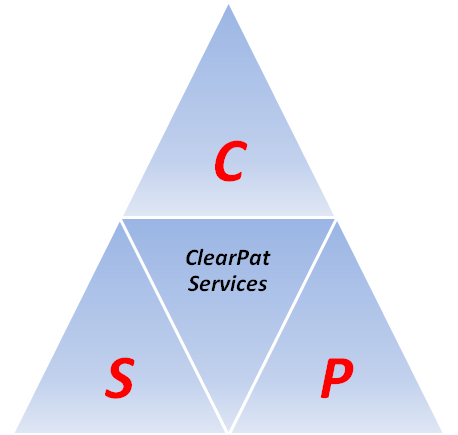Frequently Asked Questions About Patents
(Excerpted from General Information Concerning Patents print brochure from USPTO [HTML] [PDF])
- What is a patent?
- How long does patent protection last?
- How can I find out if my invention is already patented?
- How long does it take for a patent application to be processed?
- What is the difference between a utility patent and a design patent?
- May I write to the USPTO directly about my application after it is filed?
- What do the terms “patent pending” and “patent applied for” mean?
- What is the difference between a Patent Agent and a Patent Attorney?
- Can the USPTO assist me in the developing and marketing of my patent?
- Is it necessary to go to the USPTO to transact business concerning patent matters?
- What is the difference between a disclosure document and a provisional application?
- Does the USPTO control the fees charged by patent attorneys and agents for their services?
- If two or more persons work together to make an invention, to whom will the patent be granted?
- Will the USPTO advise me as to whether a certain patent promotion organization is reliable and trustworthy?
- Is there any danger that the USPTO will give others information contained in my application while it is pending?
- Are there any state government agencies that can help me in developing and marketing of my invention?
- Will the USPTO help me to select a patent attorney or agent to make my patent search or to prepare and prosecute my patent application?
- Are there any organizations in my area which can tell me how and where I may be able to obtain assistance in developing and marketing my invention?
- If a first person furnishes all of the ideas to make an invention and a second person employs the first person or furnishes the money for building and testing the invention, should the patent application be filed by the first and second persons jointly?
Please Direct any unanswered questions to us via email: info@Clearpat.com or through our Contact Us page.
In addition, you can find various articles and links to other sites on our page, where you can learn more about patent law and patents, in general. Not all statements presented by these resources necessarily reflect the opinions of Clearpat Services, but are being presented as an unbiased service and additional sources of information to our readers.
Occasionally, we learn that some of the links provided become corrupted or are changed. We encourage our readers to pass this information on to us when they find discrepancies so that we can correct them and keep the information provided up to date. Thank you.

